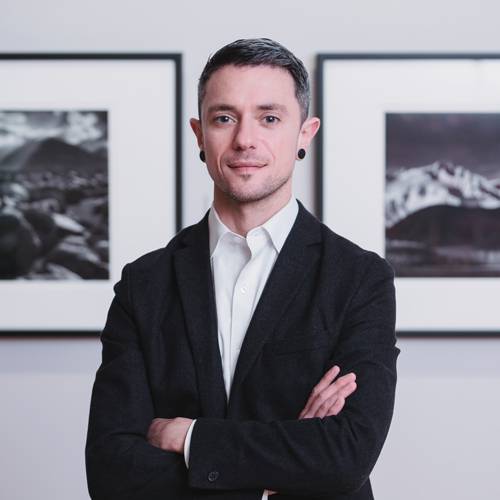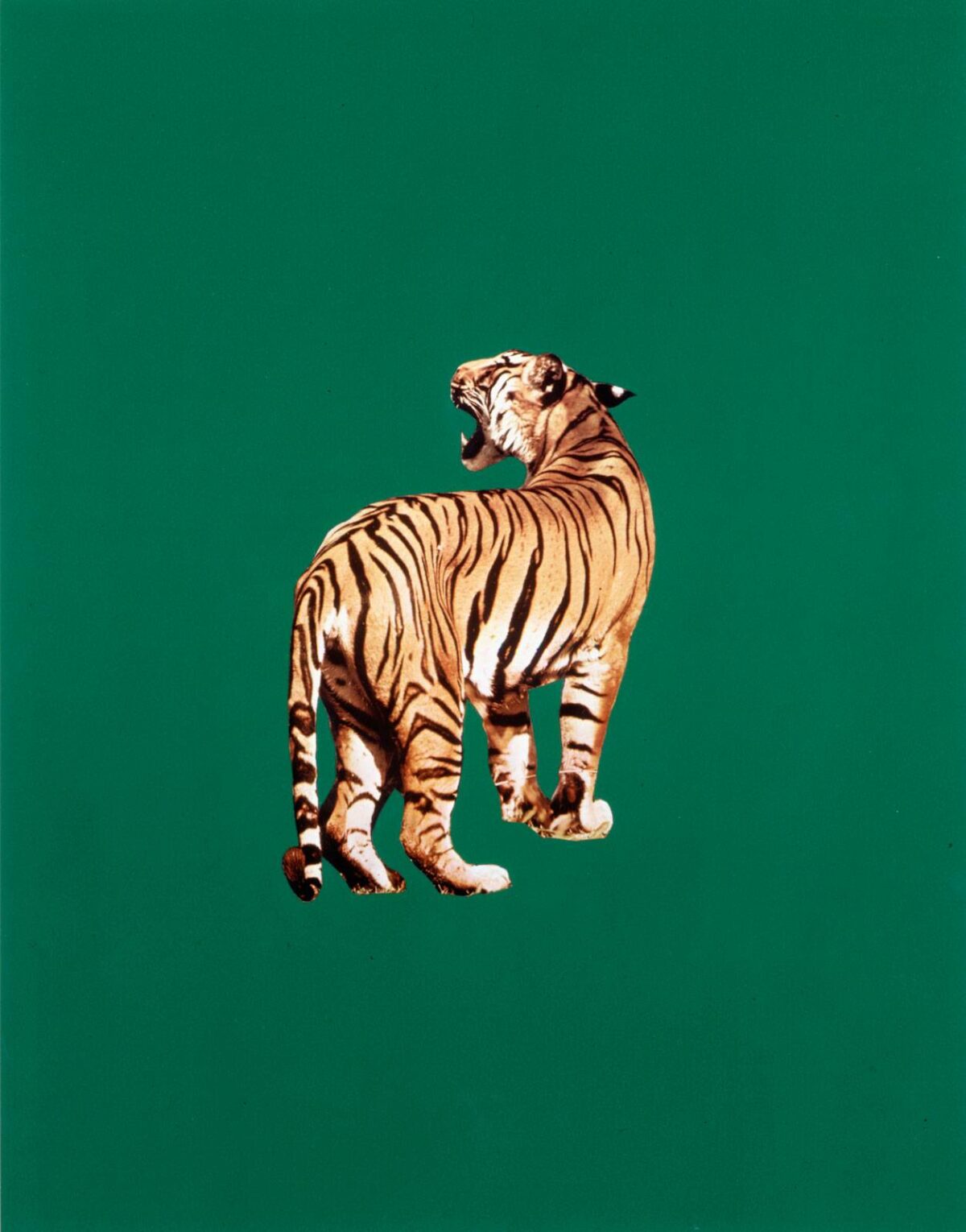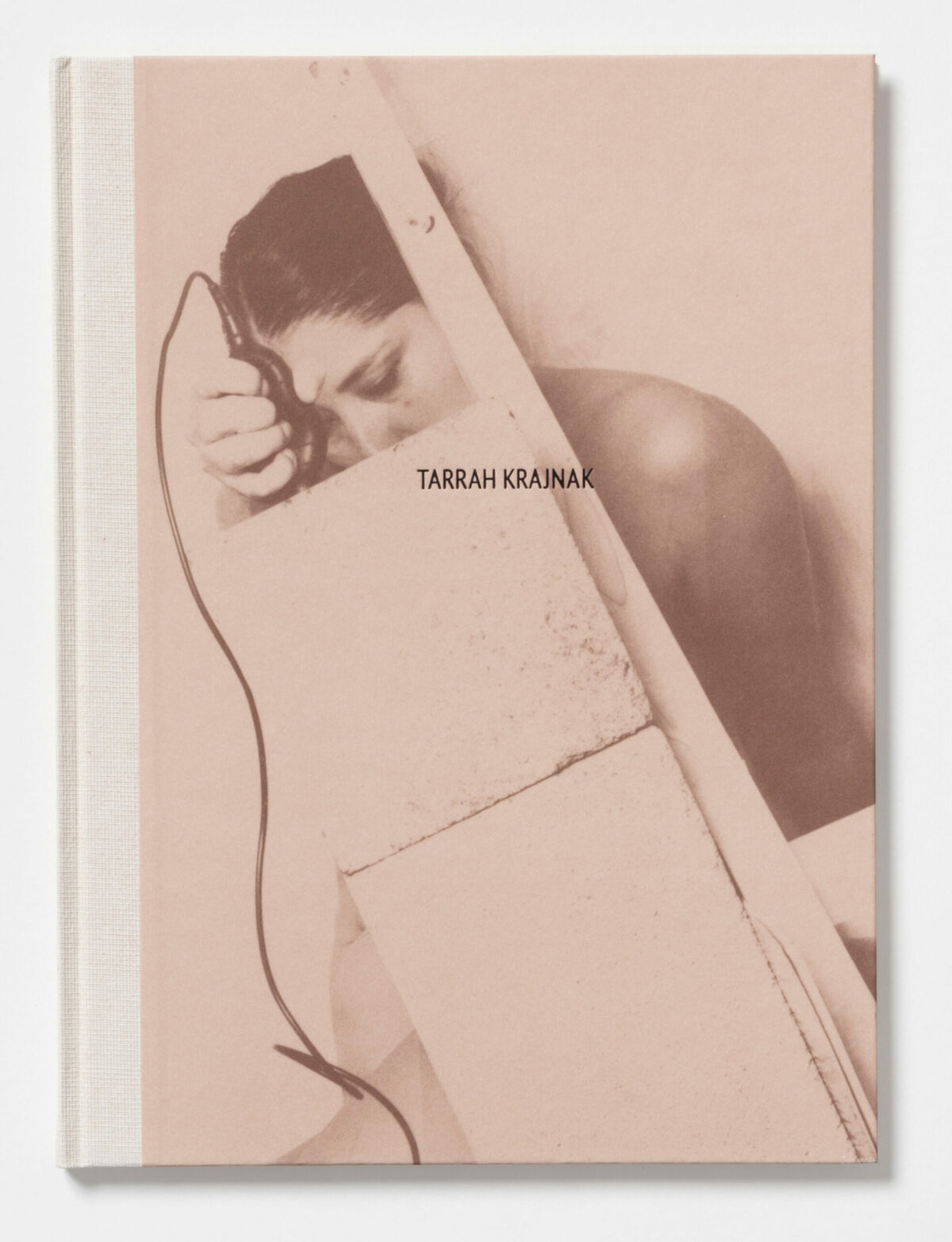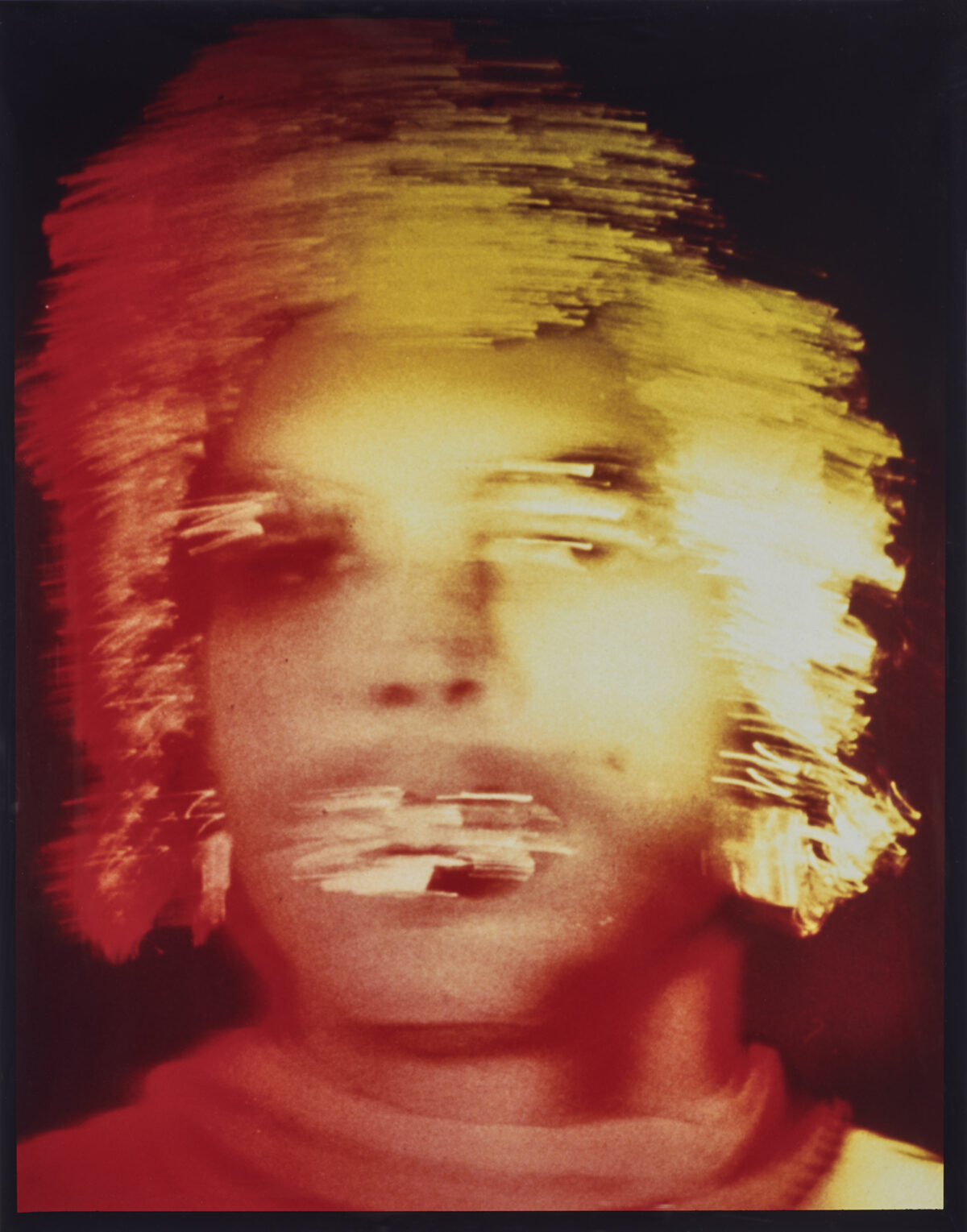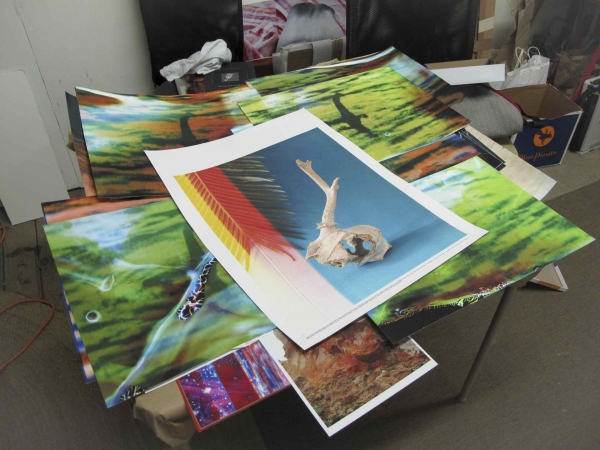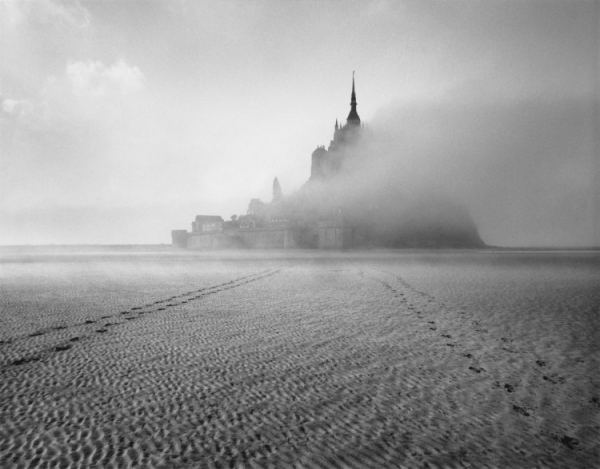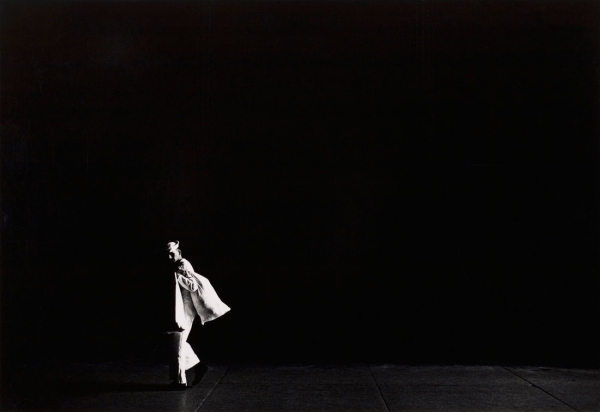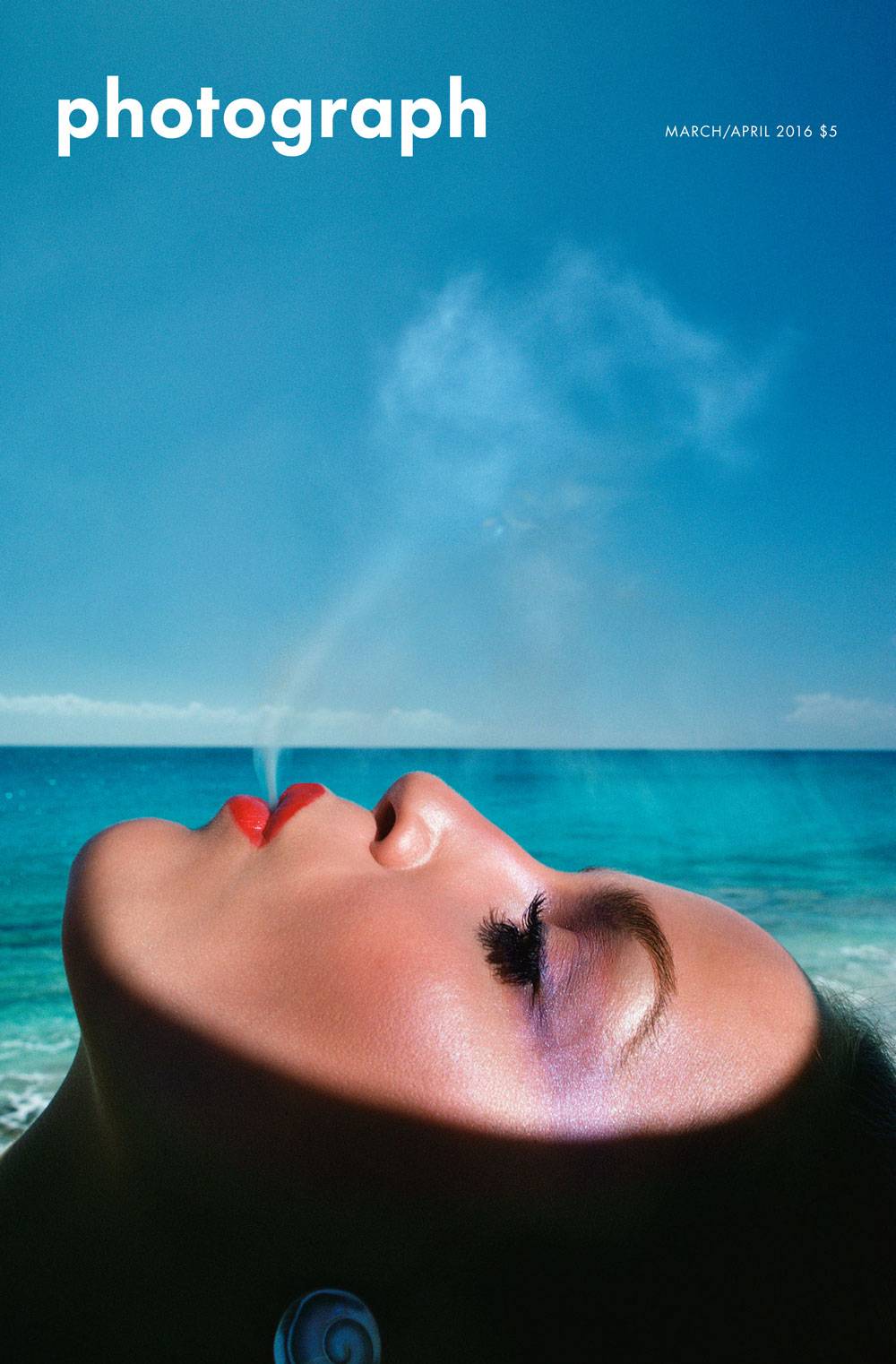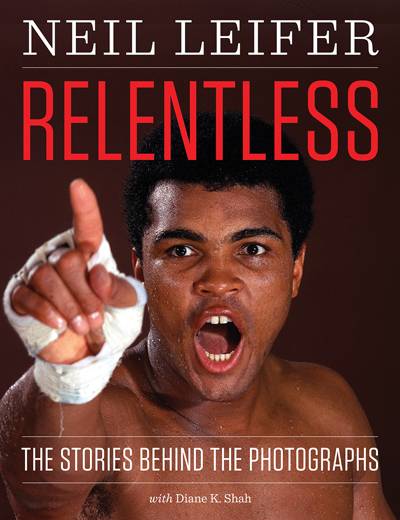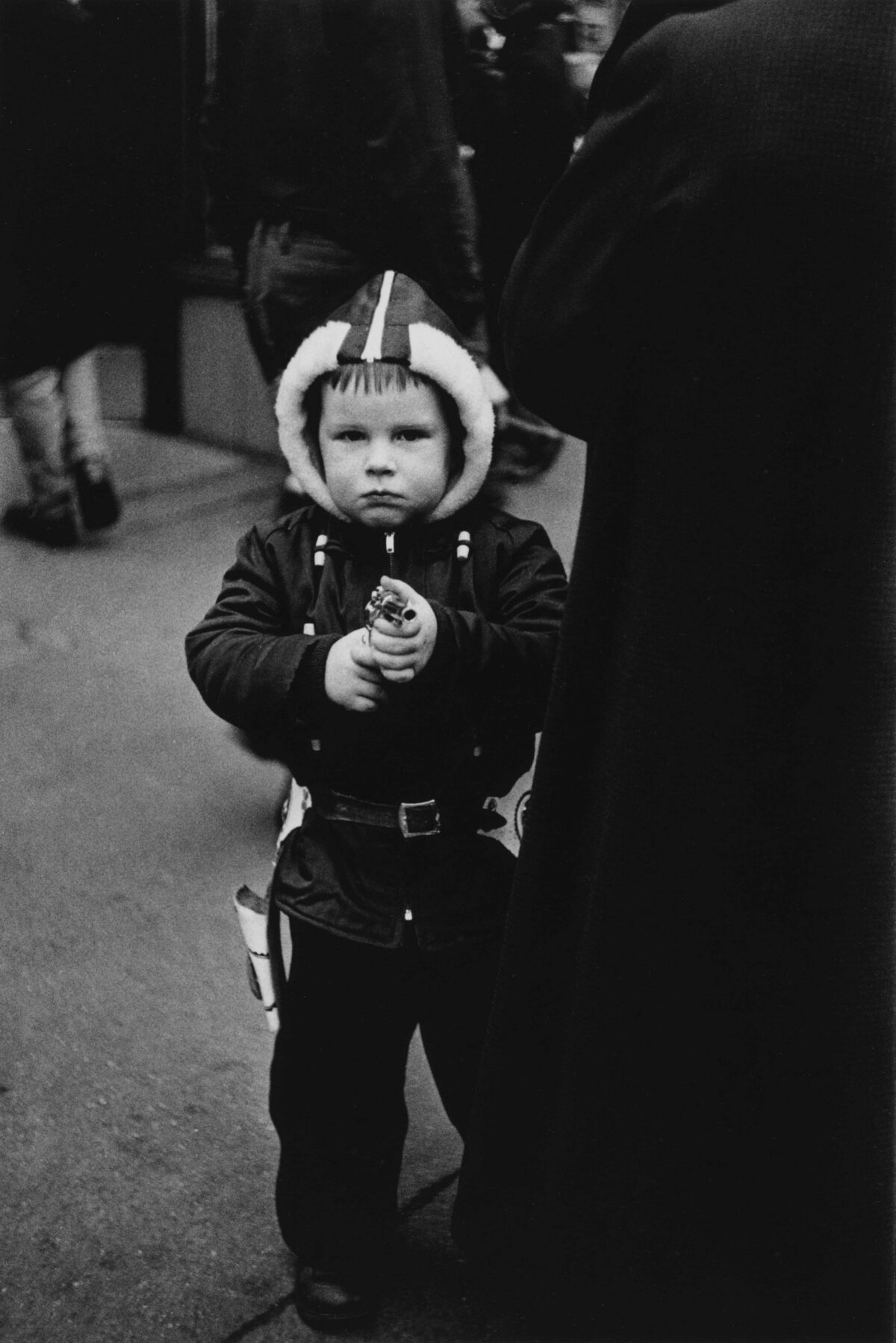Back in 2012, when Seth Feman joined the Chrysler Museum of Art in Norfolk, VA, as the manager of interpretation, he thought he’d be there for a year or so. He had just finished a fellowship at the Smithsonian in Washington, D.C., when the Chrysler brought him in to work on making its exhibitions more accessible. As it turns out, he stayed on, becoming the museum’s curator of exhibitions as well as its photography curator. In that time, Feman managed to do something the photography department had done only once before in 25 years, namely, win the fierce curatorial competition in the annual presentation to the Masterpiece Society. Curators from each department select a work to present to the society – in under 10 minutes – and the society selects one to acquire. Last year, Feman presented Vera Lutter’s Clock Tower, Brooklyn, XLIV: June 22-23, and won the competition. Last summer, he featured it in the exhibition Photographs Take Time: Pictures from the Chrysler Collection.
Born and raised in Nashville, Feman picked up a camera in high school and started experimenting in the school’s darkroom, which was tucked under a stairway. “I was instantly captivated by the magic of what happens in the darkroom,” he says, “but also by the access to this hidden space where you had a community of people thinking about images. It was exhilarating.” Feman ran a darkroom at Vassar, where he also wrote an undergraduate thesis on Andre Serrano’s Piss Christ and how it was received by evangelical Christian communities.
After internships at Artforum and Newsweek and a job at Wired in San Francisco, Feman returned to graduate school, at William & Mary in Williamsburg, VA, to work with Alan Wallach, who was known for being a social art historian. “He pushed the idea of studying the historical and political context of an artwork and integrating that into its visual aspects,” says Feman, who wrote his Ph.D. on how the physical shape of Washington, D.C., interacted with the visual representation of the city.
It’s an approach Feman has embraced at the Chrysler, where he has made a point of showing politically relevant work by local artists such as Glen McClure, whose portraits of shipyard workers, so integral to the Virginia economy, were shown at the museum in 2017. “There are some extraordinary photographers in the state and not of lot of opportunity for them to show,” says Feman. “It seems to me we have a unique opportunity to support that work.”
The Chrysler has a collection of some 6,000 photographs, with strengths in 19th-century American photography, the Civil War, and Civil Rights photographs, holdings Feman credits to the museum’s longtime curator Brooks Johnson, who left in 2008. Feman has turned his attention to strengthening the modern and contemporary holdings. From Ansel Adams to Infinity, on view through January 27, for example, is centered around a museum set of 25 works printed by Adams and includes images by a handful of contemporary photographers (Penelope Umbrico, Matthew Brandt, and David Benjamin Sherry, among others). “The show gives me the opportunity to show people what photography is,” he says, “and what it can be.”

